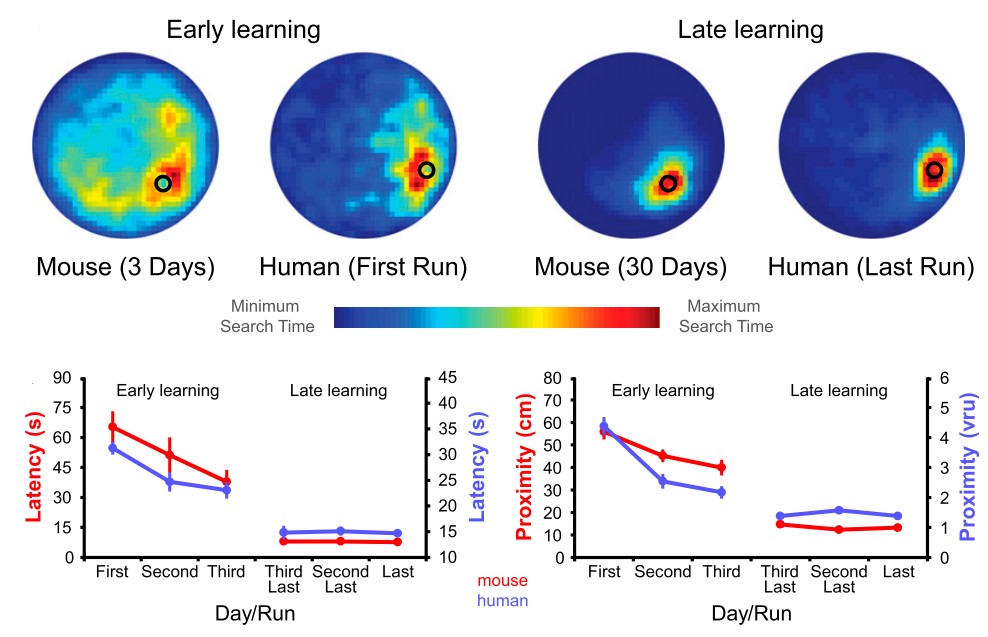- Home
-
Screening
- Ionic Screening Service
-
Ionic Screening Panel
- Ligand Gated Ion Channels
- Glycine Receptors
- 5-HT Receptors3
- Nicotinic Acetylcholine Receptors
- Ionotropic Glutamate-gated Receptors
- GABAa Receptors
- Cystic Fibrosis Transmembrane Conductance Regulators (CFTR)
- ATP gated P2X Channels
- Voltage-Gated Ion Channels
- Calcium Channels
- Chloride Channels
- Potassium Channels
- Sodium Channels
- ASICs
- TRP Channels
- Other Ion Channels
- Stable Cell Lines
- Cardiology
- Neurology
- Ophthalmology
-
Platform
-
Experiment Systems
- Xenopus Oocyte Screening Model
- Acute Isolated Cardiomyocytes
- Acute Dissociated Neurons
- Primary Cultured Neurons
- Cultured Neuronal Cell Lines
- iPSC-derived Cardiomyocytes/Neurons
- Acute/Cultured Organotypic Brain Slices
- Oxygen Glucose Deprivation Model
- 3D Cell Culture
- iPSC-derived Neurons
- Isolation and culture of neural stem/progenitor cells
- Animal Models
- Techinques
- Resource
- Equipment
-
Experiment Systems
- Order
- Careers
Cognitive Functions
Cognition contains a complex set of processes such as attention, learning and memory. It can be defined as the ability to attend, encode, consolidate, store and retrieve recent and remotely stored fact (semantic), experience-based (episodic) memory and rules (procedural memory).
Primarily the prefrontal cortex and certain areas of the posterior cortex and the hippocampus are involved with short-term memory storage. Besides, the prefrontal cortex is also important in executive function, a critical element of cognition that includes inhibitory response control, ability to choose between alternatives and behavioral flexibility. Attentional function is also regulated by multiple substrates, with a major role played by cholinergic signaling in the prefrontal cortex. Long-term memory for experiences and fact-based information are generally supported by many regions of the brain. Several neurodegenerative and psychiatric diseases such as schizophrenia, Alzheimer's Disease(AD) and Huntington's Disease(HD) have a defining feature of cognitive impairment.
Creative Bioarray provides a broad selection of assays associated with aspects of cognition and memory. All these assays can be used to assess the effects of compounds on various components of learning and memory formation, as well as assessing both pro-cognitive and amnesiac actions of compounds. Creative Bioarray also offers customized protocols and assays to meet your precise needs and requirements.

Fig. 1 Behavioral performance on mouse and human versions of the Morris water maze is closely matched.
Assays for Cognition/Memory/Learning
Cognition
Novel object recognition (natural, scop/PCP)
Novel object recognition
Attention/Vigilance (e.g, Five-Choice Serial Reaction Time)
Drug-Induced Cognitive Deficit
Learning & Memory
Working Memory (Radial Arm Maze)
Spatial Memory (Morris Water Maze)
Spatial Reference Memory
Associative Memory (Fear Conditioning, Passive Avoidance)
Y - maze/T - maze (spontaneous alternation)
Buried and Visible Pellet Assays - also for olfaction
Executive Function (Object Retrieval)
Nest Building
Psychomotor Vigilance Test
Reference
Woolley DG, et al. Homologous involvement of striatum and prefrontal cortex in rodent and human water maze learning. Proc Natl Acad Sci. 2013; 110: 3131–3136.
Related Section
- Anxiety-Depression and Social Interaction Evaluation
- Assays for Neuropsychiatric Disorders
- Spontaneous Locomotor Functions
Inquiry

